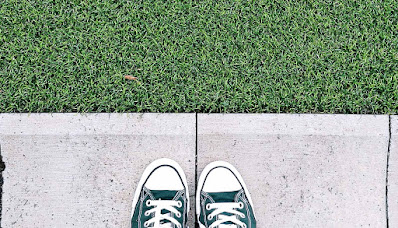TINY SPHERES MAKE CONCRETE GREENER AND STRONGER
The balls appropriate for bone-tissue design, insulation, ceramic, and compound applications as well as cement, he says.
The work improves a 2017 project by the scientists to develop self-healing products with permeable, tiny calcium silicate balls. The new material isn't permeable, as a strong calcium silicate covering borders the surfactant seed.
alasan memilih one night in vegas di slotBut such as the previously project, it was inspired by how nature coordinates user interfaces in between different products, especially in nacre (also known as mom of pearl), the material of seashells. Nacre's stamina is an outcome of rotating rigid inorganic and soft natural platelets. Because the balls mimic that framework, researchers consider them biomimetic.
"THESE ARE VERY SIMPLE BUT UNIVERSAL BUILDING BLOCKS, TWO KEY TRAITS OF MANY BIOMATERIALS…"
The scientists found they could control the dimension of the balls that range from 100 to 500 nanometers in size by manipulating surfactants, solutions, concentrations, and temperature levels throughout produce. That allows them to be tuned for applications, Shahsavari says.
"These are very simple but global foundation, 2 key characteristics of many biomaterials," Shahsavari says. "They enable advanced performances in artificial products. Formerly, there were attempts to earn platelet or fiber foundation for compounds, but this works uses balls to produce solid, difficult, and versatile biomimetic products.
"Ball forms are essential because they are much easier to synthesize, self-assemble, and range up from chemistry and large-scale manufacturing standpoints."
In tests, the scientists used 2 common surfactants to earn balls and pressed their items right into pellets for testing. They learned that DTAB-based pellets compressed best and were harder, with a greater flexible modulus, compared to either CTAB pellets or common cement. They also revealed high electric resistance.
Shahsavari says the shapes and size of bits generally have a considerable effect on the mechanical residential or commercial homes and resilience of mass products such as concrete.
"It's very beneficial to have something you can control as opposed to a material that's arbitrary naturally," he says. "Further, one can blend balls with various sizes to fill the gaps in between the self-assembled frameworks, prominent to greater packing densities and thus mechanical and resilience residential or commercial homes."
He says enhancing the stamina of cement allows manufacturers to use much less concrete, reducing not just weight but also the power required to earn it and the carbon emissions associated with cement's produce. Because balls load more efficiently compared to the rough bits found alike cement, the resulting material will be more immune to damaging ions from sprinkle and various other pollutants and should require much less upkeep and less-frequent substitute.
The Nationwide Scientific research Structure and C-Crete Technologies LLC sustained the research.


